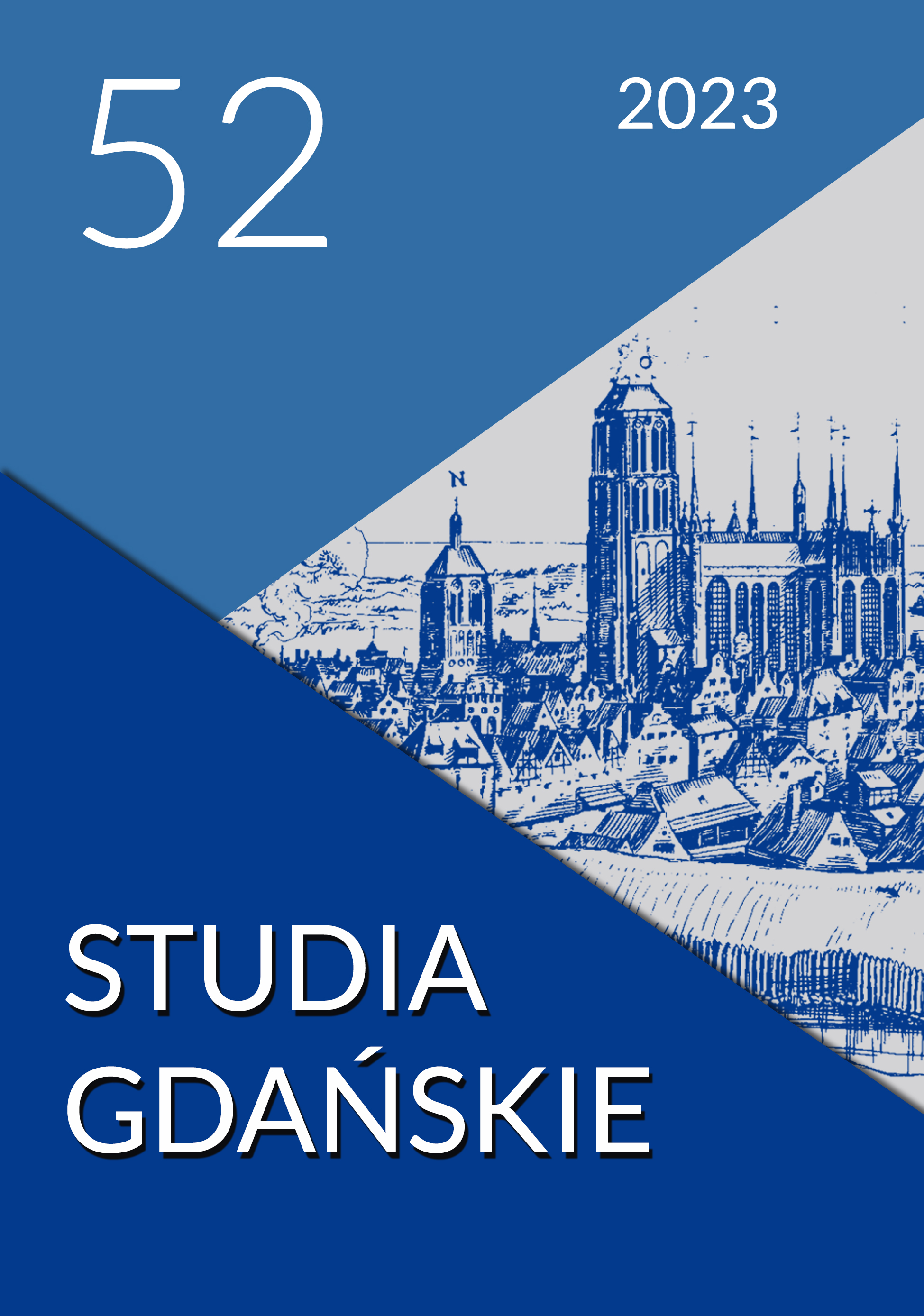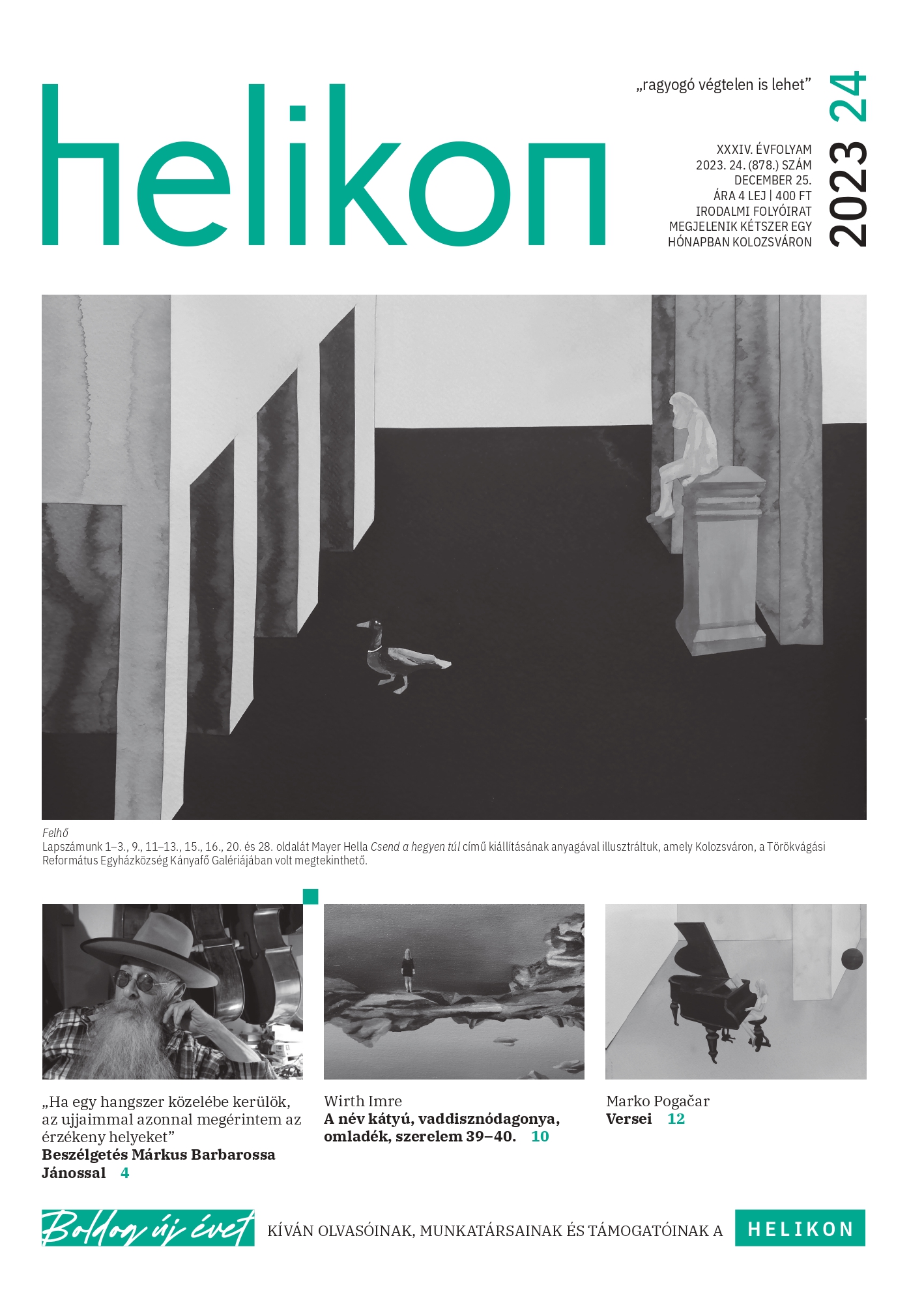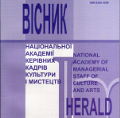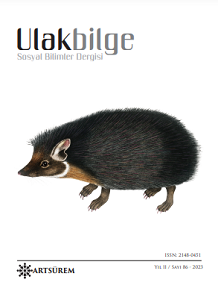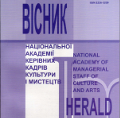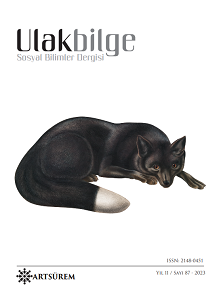Author(s): Kyrylo Negachov / Language(s): Ukrainian
Issue: 2/2023
The purpose of the article is to reveal the symbolic foundations of Ch. Alkan's second chamber concerto op. 10, which are also the basis for the composer's subsequent opuses. Chamber concerts are not sufficiently covered by foreign researchers and are unknown in our musicology, therefore this study is relevant both as an example of early manifestations of symbolism in Ch. Alkan's work (romanticism), which was a precursor to the French symbolist composers who studied his work (for example, Debussy), and from a performance perspective. The research methodology is based on the use of systemic and structural, analytical, semiotic, hermeneutical, biographical and historical, comparative analyses to identify the symbolic foundations and indexical and iconic signs of Ch. Alkan's second concerto da camera cis-moll op.10. Scientific novelty of the study is that for the first time, the theory about the origin of Ch. Alkan's symbolic style, starting with Concerto da camera No. 2 op. 10, is presented, including the method of letter-note encryption of the composer's musical language, based on the historical and cultural perspective of such examples, which come from the combinatorics of the Middle Ages and the wit of the Baroque, biblical numerology and sacred calculus in the cultures of ancient civilisations. In addition to the Second Chamber Concerto cis-moll op. 10, the composer used this method in his other works, such as the paraphrase “Super Flumina Babylonis” op. 52 or the Grand Sonata “Four Ages” op. 33. The proposed concept of the figurative sphere of the work can be used in the construction of performing interpretations. Conclusions. Ch. Alkan's Second Concerto da Camera op.10 cis-moll is one of the first works in which we find the first manifestations of symbolism in the composer's work. In it, the composer begins to use one of the Baroque principles of endowing its constituent elements with symbolism, showing in a somewhat pathetic style (“Trois Morceaux Dans le Genre Pathétique” will appear in the subsequent opuses) the search for his place in the world and the state of his soul, the polarity and at the same time the unity of the forces that govern the universe. The second concerto da camera outlined a special thematic line in Ch. Alkan's work, dedicated to the work on the individual and the preaching of Salvation in Christ, continued in the “Grand Sonata” op. 33, as well as in “Benedictus” op. 54, in which we observe the Baroque principles of inventing difficulties, playing with numbers, notes and words for the sake of playing. The above works show the complexity of the cipher compared to the second chamber concerto, which is explained by the author's continuous deepening of encyclopaedic knowledge, his awareness of the Apocrypha, ancient manuscripts in Greek, Latin and Syriac, translations of the Bible into French, and works of Greek philosophers. The art of solving musical riddles formed the essential basis of Ch. Alkan’s language, which can only be solved by people with the same encyclopaedic knowledge.
More...
